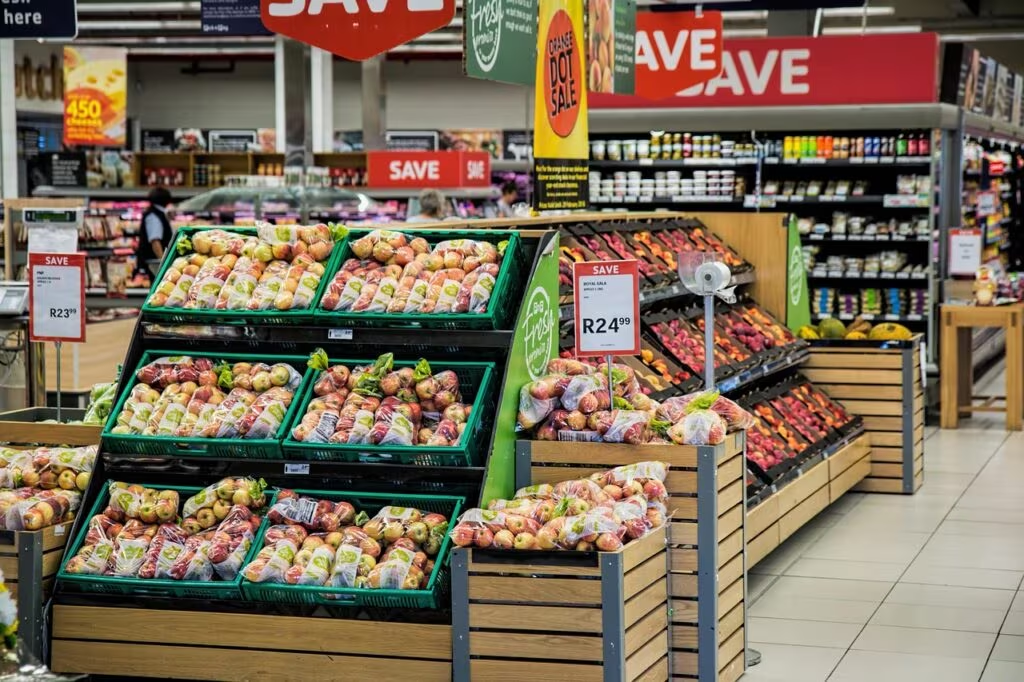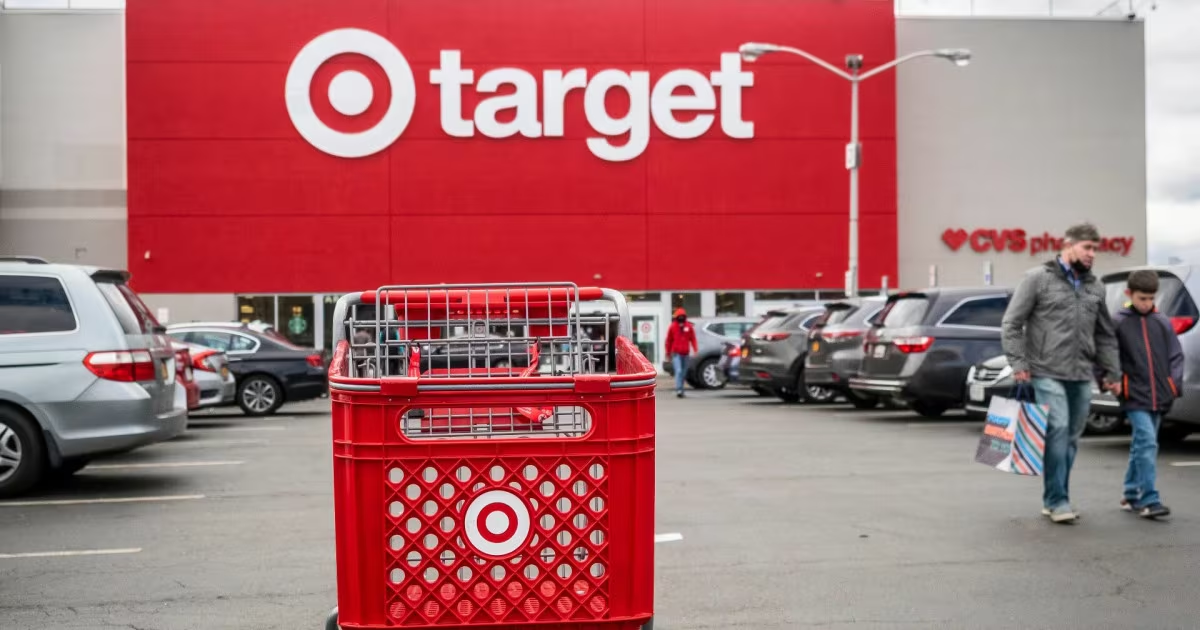In the highly competitive retail landscape of 2025, Target Corporation is executing a significant strategic pivot designed to counteract persistent consumer caution and declining traffic. Facing macroeconomic pressures like sustained inflation, consumers have dramatically shifted their spending habits, prioritizing necessities like groceries over discretionary items such as apparel and home décor—categories where Target traditionally excels and earns high margins.
This shift has created substantial headwinds for the retailer, necessitating bold changes to retain existing customers and attract new ones, particularly as the crucial holiday shopping season approaches.

The Core Challenge: The Discretionary Spending Drought
Target’s business model thrives when consumers feel financially secure enough to browse and buy non-essential items. However, recent trends show that budget-conscious shoppers are consolidating their trips, focusing strictly on essential goods, and actively seeking out the lowest prices.
This behavior directly impacts Target in two ways:
- Reduced Traffic: Fewer trips mean fewer impulse buys in the high-margin discretionary sections (like the popular ‘Bullseye’s Playground’ or apparel aisles).
- Margin Pressure: While food and essentials drive traffic, they generally carry lower profit margins than home goods and clothing.
To address this, Target’s leadership is implementing a multi-pronged approach centered on value, exclusivity, and convenience.
Target’s Multi-Pronged Strategy: Value, Brands, and Experience
Target’s response is not merely reactive; it is a comprehensive investment in areas that differentiate it from competitors like Walmart and Amazon, focusing heavily on its owned brand portfolio and the physical shopping experience.
1. Doubling Down on Owned Brands for Value and Exclusivity
The most significant element of Target’s strategy is the aggressive expansion and promotion of its private label brands. These owned brands—such as Good & Gather (food), Cat & Jack (kids’ apparel), and Threshold (home)—are critical because they offer consumers lower prices than national brands while providing Target with higher profit margins.
Target is leveraging its expertise in brand development by:
- Expanding Assortment: Continuously introducing new products under established successful labels.
- Launching New Lines: Introducing exclusive, trend-driven lines like Future Collective in apparel, which features collaborations with diverse designers, offering high fashion at accessible prices.
- Quality Perception: Positioning owned brands not as generic alternatives, but as high-quality, exclusive products that can only be found at Target.
2. Competitive Pricing and Promotional Aggression
Recognizing that price is the primary driver for today’s cautious consumer, Target is emphasizing its value proposition through competitive pricing and strategic promotions.
This includes:
- Price Match Guarantee: Ensuring consumers feel confident they are getting the best deal.
- Target Circle Benefits: Enhancing the loyalty program to offer personalized deals and discounts, driving repeat visits and capturing valuable consumer data.
- Early Holiday Stocking: By stocking shelves earlier than usual, Target aims to capture the spending of consumers who shop early to spread out their budgets, a common behavior during inflationary periods.
3. Enhancing the Physical Shopping Experience
While digital sales remain crucial, Target understands that its physical stores are its greatest asset. The company is investing in making the in-store experience more convenient, enjoyable, and efficient to encourage higher basket sizes.
“The physical store remains the heart of the Target experience. We are focused on making sure that when customers do make a trip, it is highly productive, easy, and even inspiring, encouraging them to discover items they didn’t know they needed.”
Key improvements include:
- Store Layout Optimization: Ensuring essential items (like groceries) are easy to find, while discretionary items are displayed attractively to encourage browsing.
- Fulfillment Efficiency: Streamlining Drive-Up and Order Pickup (BOPIS) services to reduce wait times and improve accuracy, catering to the time-pressed shopper.
- Cleanliness and Staffing: Maintaining well-stocked, clean stores and ensuring adequate staffing to provide excellent customer service, which differentiates them from discount competitors.

The Broader Context: Competing in a Tight Economy
Target’s strategic shift reflects a necessary adaptation to a post-pandemic consumer environment characterized by financial strain. The company is effectively competing on two fronts simultaneously:
| Competitive Front | Strategy Focus | Goal |
|---|---|---|
| Against Discounters (e.g., Walmart) | Emphasizing owned brand value and competitive pricing on essentials. | Retain budget-conscious shoppers and maintain traffic flow. |
| Against E-commerce (e.g., Amazon) | Leveraging the omnichannel model, combining fast, free in-store pickup/drive-up with a curated, enjoyable physical store experience. | Provide convenience and discovery that online-only retailers cannot match. |
By focusing on the intersection of value and quality—a space Target has historically owned—the retailer aims to solidify its position as the preferred destination for both necessities and affordable luxuries.
Key Takeaways for Consumers and Investors
Target’s bold changes signal a commitment to adapting to the current economic reality. For consumers, this means a renewed focus on savings and exclusive, high-quality products.
- Value is Paramount: Expect more aggressive promotional activity and a heavy emphasis on the cost savings provided by Target’s owned brands.
- Loyalty Pays Off: The Target Circle program will likely become even more important for maximizing savings and receiving personalized deals.
- Convenience is King: Investments in Drive-Up and in-store efficiency ensure that essential shopping trips are quick and hassle-free.
- Discretionary Recovery: The success of this strategy hinges on whether the improved value proposition can entice shoppers to start adding discretionary items back into their carts, even if cautiously.
Original author: Patricia Battle, Celine Provini
Originally published: November 22, 2025
Editorial note: Our team reviewed and enhanced this coverage with AI-assisted tools and human editing to add helpful context while preserving verified facts and quotations from the original source.
We encourage you to consult the publisher above for the complete report and to reach out if you spot inaccuracies or compliance concerns.

